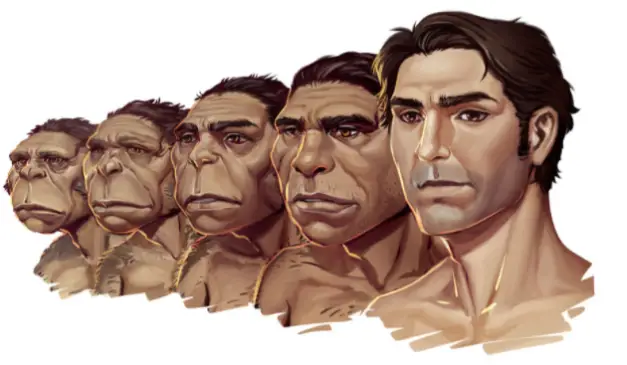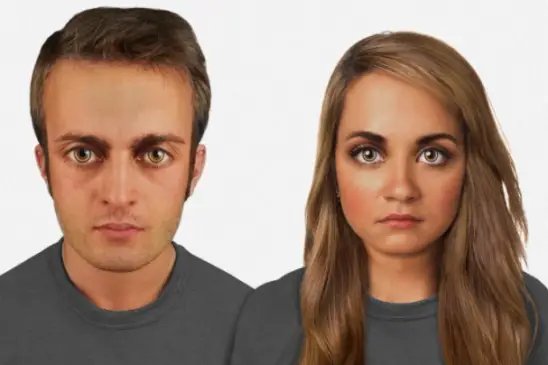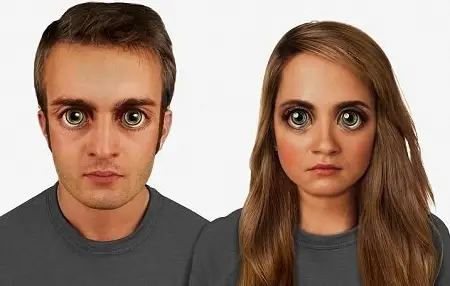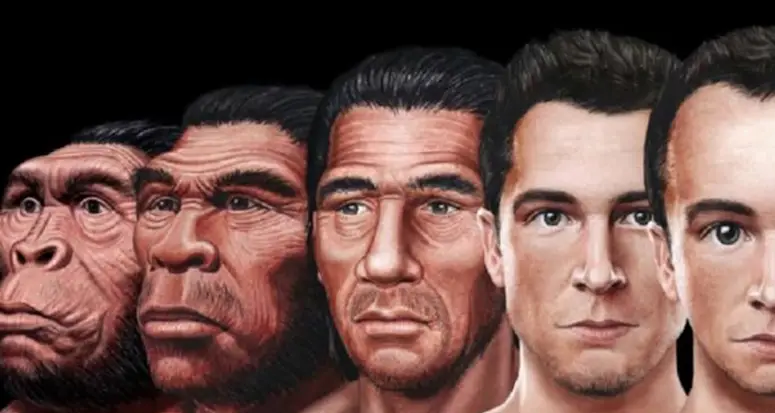People have always been interested in the origin of man – anthropogenesis. The answers were different in different social arrangements. Numerous facts indicate the similarity of the human body and many other animals. Charles Darwin proved in his 1971 work The Origin of Man that man is of animal origin.
According to scientists, the similarities between modern man and today’s human-like apes are found in anatomy, physiology, endriology, etc. Orangutans, chimpanzees, and gibbons are apes. They have a similar body temperature, a similar blood composition, the position of the fetus in the uterus and their embryonic development, there is a similarity in the skeletons and internal organs, further similarities in the eye, ear and skin, and they like humans express feelings of joy, are take care of their little ones, etc. These and other similarities point to the common, monophilic origin of man and apes. However, there are some differences between humans and apes, so we come to the realization that humans did not originate from some kind of ape, but they diverged from the same order, but in different directions.

Credits to: tiffytaffy.com
In the last 6 million years, the human body has evolved. The changes are evident. As the human body changed, so did the human face. Nikolai Lam is an artist and researcher who has collaborated with computer geneticist Dr. Alan Kwan with whom he has done research and illustration on the evaluation of the human face over the years. They illustrated the possible changes that will occur in humans in 20,000 years, 60,000 years, and 100,000 years. According to them, the biggest changes that can occur in the human face are the change in the forehead, facial expression, functional necessities, etc.
Lamm and Kwan explain that the size of the forehead has been increasing since the 14th and 15th centuries. Therefore, they predict that then the skulls compared to the current ones, there are changes in the forehead with the fact that today people have a higher forehead and more prominent features. Therefore, it is logical for them that in the future there will be significant differences in the foreheads of people.
According to their hypothesis, there will be changes in the facial expression of man, ie changes in the characteristic features of the human face. They predict that there will be changes such as bigger eyes, greater symmetry between the two sides of the face, a straight nose and so on. They say that by then it is possible for humans to move to other planets. They explain that it is possible to enlarge the eyes to improve their eyesight, and even that the skin may become darker to protect itself from UV rays outside the earth’s atmosphere.
Lamm and Kwan explain that by then, who knows how advanced the technology will be, maybe people will wear built-in contact lenses, nano chips or who knows what unimaginable technology of that type. They predict that humans are likely to have larger nostrils so that they can breathe better when on another planet. As they say, people will have bigger heads, so they will have thicker hair to protect their heads.
However, these are just hypotheses of these two researchers. Geneticists disagree with these hypotheses and believe that it is not evolution. As some geneticists explain, the difference is a hundred thousand years and a short time, so the physical differences in humans claim to be significantly less pronounced than what Lamm and Kwan represent in their illustrations. The geneticists’ conclusion is that the Kwan and Lam Lam hypothesis is less science and more science fiction.



Human’s as predicted by Nickolay 100,000 years from now.
Image Credit: Nickolay Lamm
In the end, you will all agree that no one can know exactly what will happen in the future, so we can only guess and imagine what people will look like in the future and at the same time life on this or that planet.

